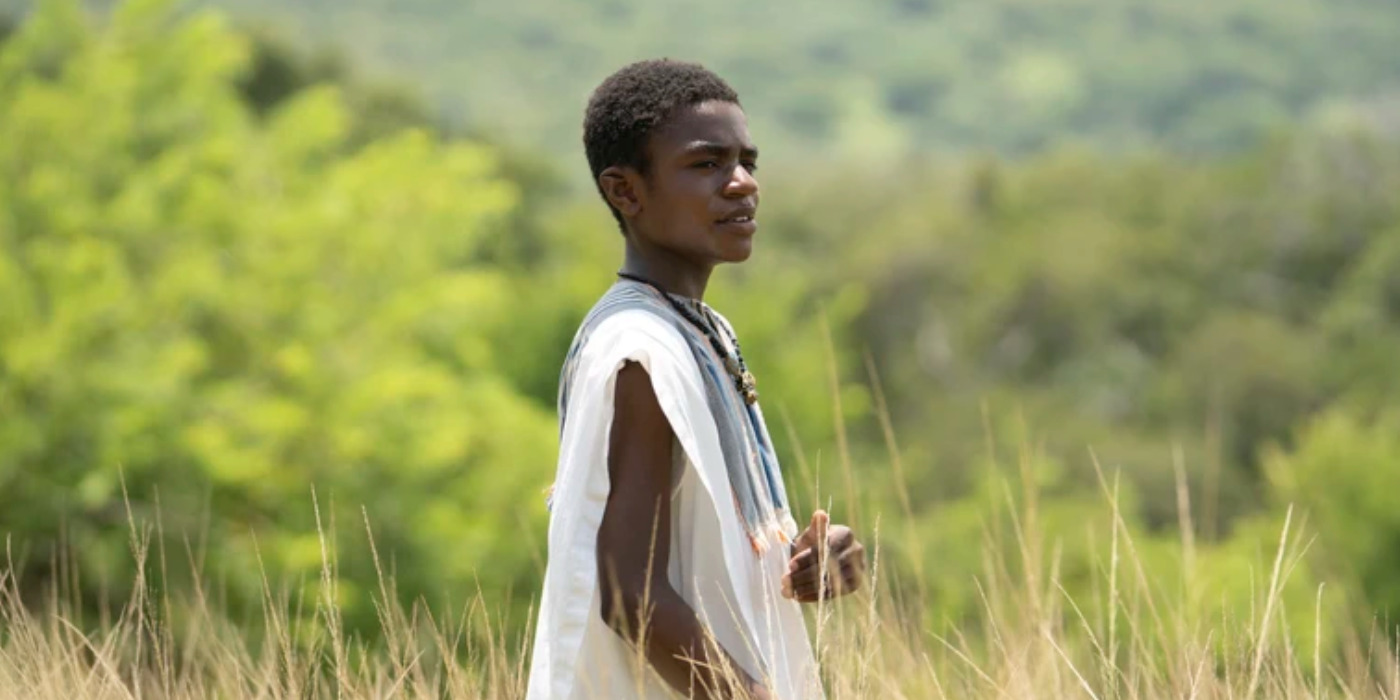‘Washington Black‘ is a historical show, set in the 1830s, that follows the adventurous life story of the titular character. The show pitches George Washington Black, aka Wash, at the narrative center and oscillates between his childhood and young adult years. At 11, the young boy with an inquisitive mind lives at a Barbados sugar cane plantation under the rule of slave owner Erasmus Wilde. However, he’s spared the brutal reality of field work after the latter’s eccentric brother, Titch, a man of science, takes an interest in the young boy. Soon enough, Wash becomes the scientist’s assistant, aiding him in his dogged pursuit of a flying machine’s invention.
The second timeline finds a grown-up Wash hiding away in Nova Scotia, detached from his abolitionist mentor and their shared thrilling adventures. Yet, his past, be it from Faith Plantations or the Arctica, continues to haunt his future. In the show, the Barbados plantation plays a crucial role in shaping the foundation of the protagonist’s narrative. Consequently, its real-life origins remain worth investigating.
The Fictional Faith Plantation Highlights a Harsh Historical Reality
Despite its period setting, ‘Washington Black’ charts a fictitious narrative that revolves around fictional characters. As such, many of the key elements in the show remain confined within the storyline with no real-life counterparts. Instead, these aspects only share their origin in Esi Edugyan’s eponymous 2018 novel. Thus, the Faith Plantation is similarly rendered a work of fiction, created solely to inform Wash’s character and his journey. The location, a sugar cane plantation in Barbados, belongs to the Wilde family and is overseen by their eldest heir, Erasmus. Wash is one of the many African individuals who are enslaved to the family.
Since there is no real-life alternative to the place, different areas became the off-screen locations for the plantation in real life. Notably, the city of Charlotte Amalie in the Caribbean Virgin Islands of Saint Thomas, US, was likely equipped as a stand-in for the fictional Barbados-based location. Historically, this city has been a prime location for plantations, particularly for sugarcane and cotton fields. Therefore, Charlotte Amalie fits the bill as a physical counterpart to Faith Plantations. Yet, no singular location in the city offers an authentic counterpart to the on-screen plantation. Narratively, the latter plays a significant role in establishing the historical roots of Wash and his story.
In real life, Barbados became the site of some of the earliest slave societies in the Caribbean under British control. Thus, from the 17th to 20th century, the island country housed a booming sugar industry, built on the exploitation and slave labor of the enslaved African population. A few historical plantation houses continue to stand today, either as museums of the past, resorts, or modernized plantations that are still working. Some of these include the Sunbury Plantation House, Drax Hall, Sam Lord’s Castle, and more. Furthermore, sugar cane fields still remain a crucial part of the geographical makeup of Barbados. Therefore, despite its fictional origin, Faith Plantation remains a realistic depiction of the harsh reality of plantations and slave labor in 19th-century Barbados.
Read More: Washington Black Ending Explained: Why did Titch Abandon Wash?


